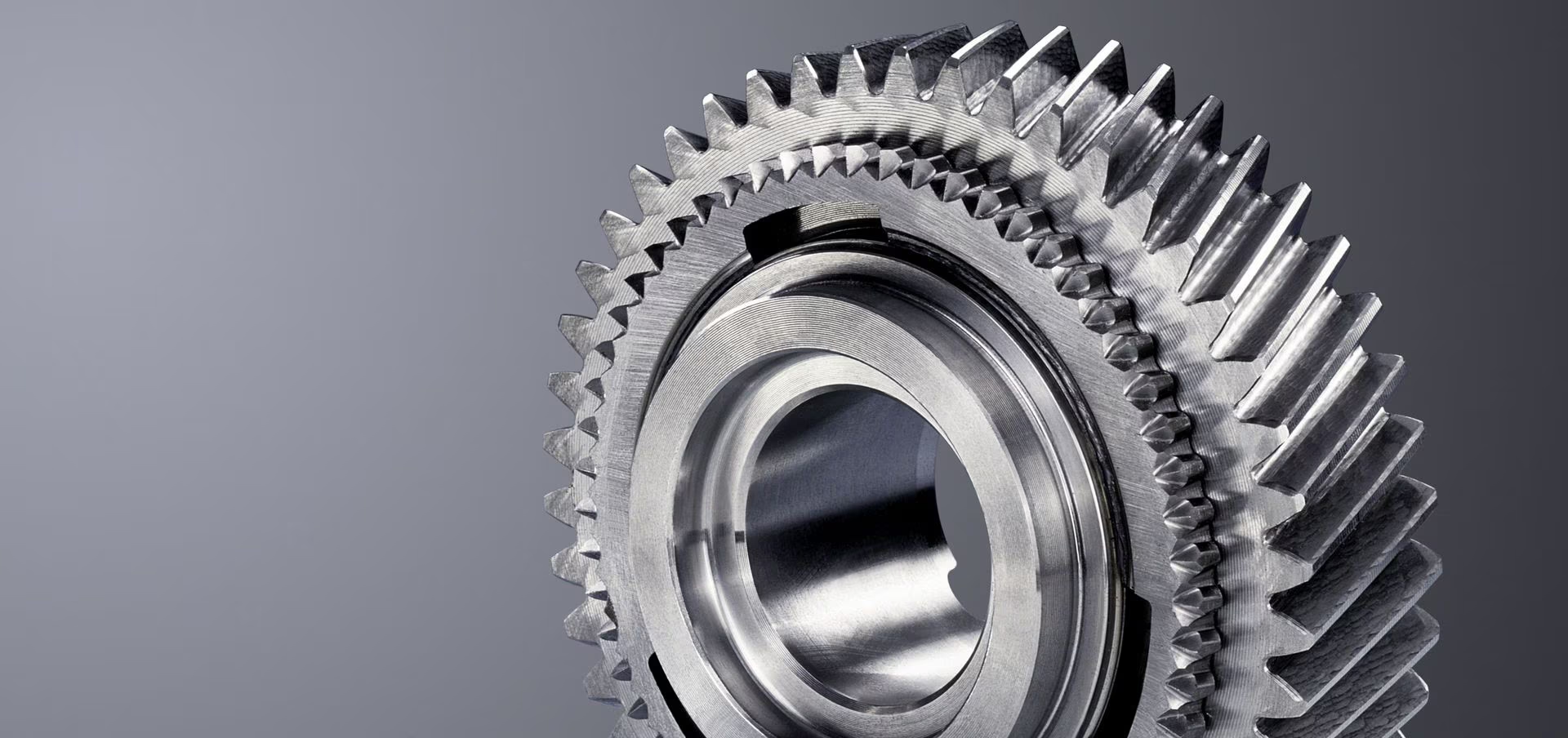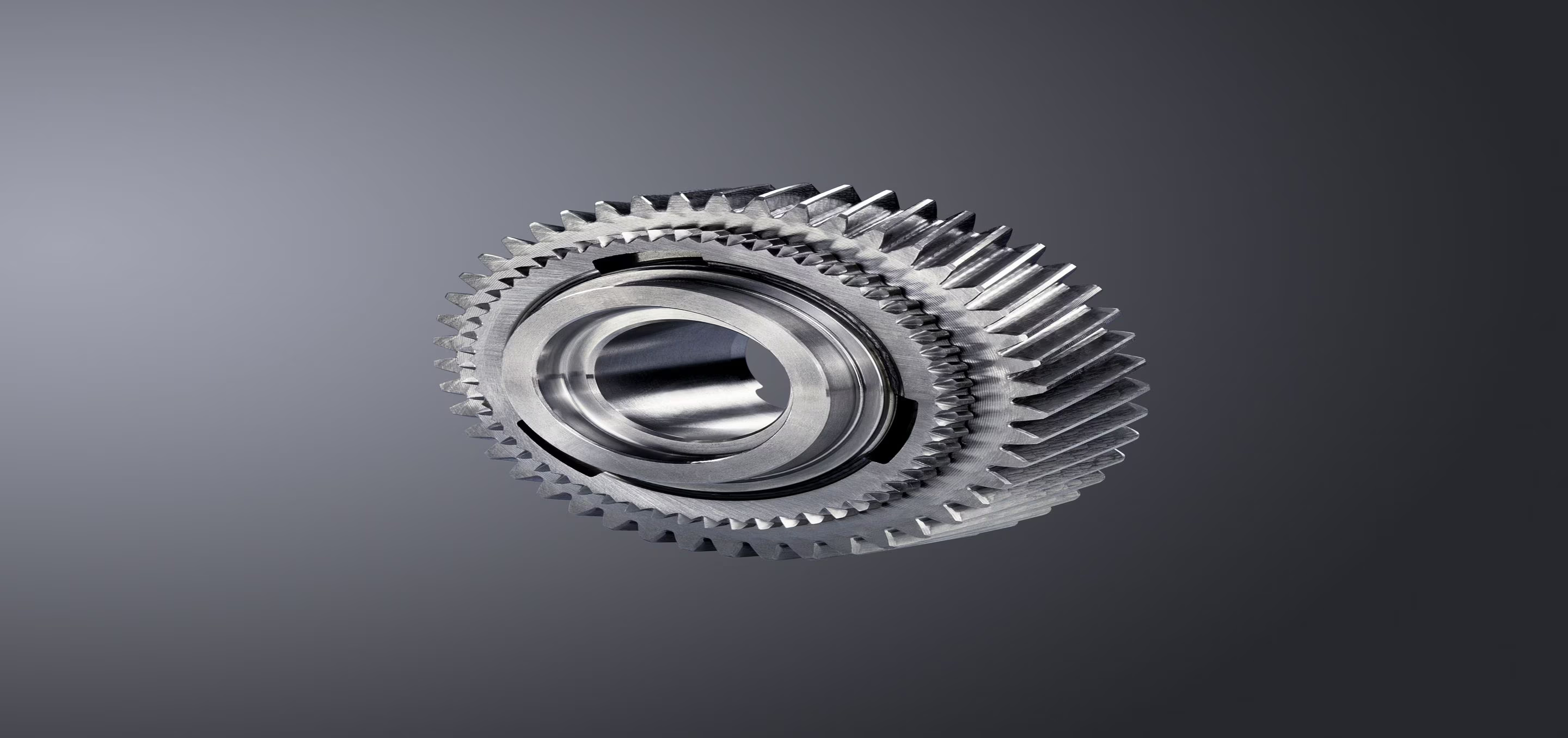Plasma technology has further areas of application in industrial production in addition to plasma coating and plasma etching. Workpiece surfaces then require only modification rather than removal or coating. Cleaning:
Workpieces in metal processing previously underwent fine cleaning using CFCs. An alternative for surface cleaning is to use the extremely high reactivity of a gas excited in plasma. Organic residues, for example, can be fully removed using oxygen. Surface activation:
Plasma treatment can chemically modify the inert surface of a workpiece so that color coatings adhere without needing a special primer. This process is particularly practical for the diversity of plastic component designs. Plasma diffusion:
Steel workpiece surfaces often require hardening and corrosion protection. This can be achieved in the plasma simply by nitriding, boriding, or carburizing.
White paper
We have compiled white papers with interesting topics for you
Products

MF Plasma Excitation
MF plasma excitation from TRUMPF Hüttinger is mainly used in dual-cathode systems, for example for dual magnetron sputtering.

DC Pulsed Plasma Excitation
DC pulsed plasma excitation from TRUMPF Hüttinger is ideal for use in numerous reactive processes.

DC Plasma Excitation
Direct current generators from TRUMPF Hüttinger are classics when it comes to DC plasma excitation.
Contact


